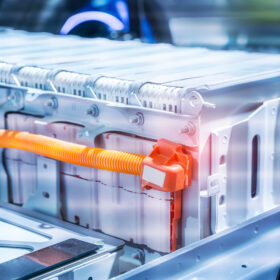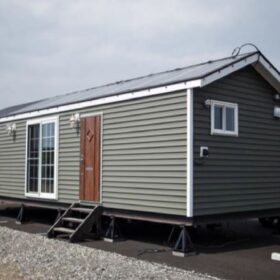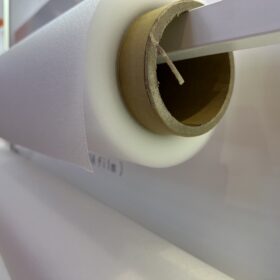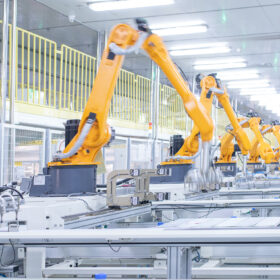Global battery industry enters new phase, says IEA
The industry will reach the 1 TWh demand milestone in 2024, with China producing more than three-quarters of the batteries sold globally. The concentration of the production chain in the country has led to a fall in costs and a possible technological shift with the focus on LFP batteries. Cooperation between countries can be strategic to diversify the battery production chain and create sustained demand, assesses the International Energy Agency.
Trina, Daidohant launch new load-bearing mounting solution for heavy snowfall
The Chinese manufacturer has collaborated with Japan’s Daidohant on the new product. It reportedly suppresses deformation with a special bar attached to the back of the solar module.
Sumitomo Electric launches vanadium redox flow battery with 30-year lifespan
Sumitomo Electric’s new system comes in three versions, providing up to 10 hours of storage. It achieves improvements in output and energy density, through component enhancements, thereby reducing cost and physical footprint.
Key takeaways from Smart Energy Week 2025 in Tokyo
Smart Energy Week 2025 in Tokyo highlighted Japan’s shifting energy priorities, with officials promoting perovskite solar at PV Expo and companies showcasing solid-state battery tech at Battery Japan.
PV-driven mobile homes for disaster recovery
Researchers in Japan have demonstrated solar-powered mobile homes including a bedroom and living room with an integrated kitchen, bathroom, restroom, and lavatory. Their work demonstrates how renewable energy can enhance resilience in temporary housing solutions, reducing reliance on external power sources.
New research shows correlation between PV module electrode corrosion and damp heat test
A research group in Japan identified a correlation between damp heat test of 1,000 hours to 3–6 years of field exposure in humid areas and changes in acetic acid concentration in photovoltaic modules. Their analysis also showed that an acetic acid concentration over 10,000 μg/g can be critical.
The Hydrogen Stream: China not to dominate the electrolyzer supply chains, says Oies
The Oxford Institute for Energy Studies (OIES) says China’s efforts to cut electrolyzer costs could follow its success in solar, but will not guarantee dominance in global supply chains.
Japanese agency launches solar surplus forecasting to improve energy efficiency
The Japan Weather Association (JWA) says its new forecasting service provides real-time surplus solar power predictions for individual buildings, commercial facilities, and households.
Panasonic launches decentralized water-to-air heat pumps
The Aquarea Loop heat pump system is intended for applications in residential and commercial buildings. It features a coefficient of performance of up to 5.9 and heating capacities ranging from 1.10 kW to 3.10 kW.
JinkoSolar sues Longi in Australia in third patent case this year
JinkoSolar has sued Longi for alleged patent infringement in Australia, its third legal action against the company this year, following filings in China and Japan. The lawsuit, filed in the Federal Court of Australia, claims that Longi used an unspecified solar cell technology.










